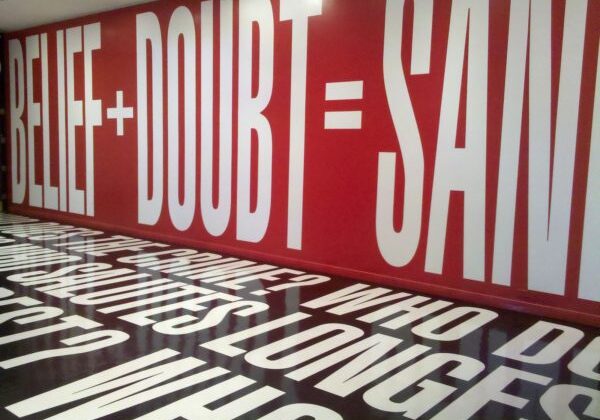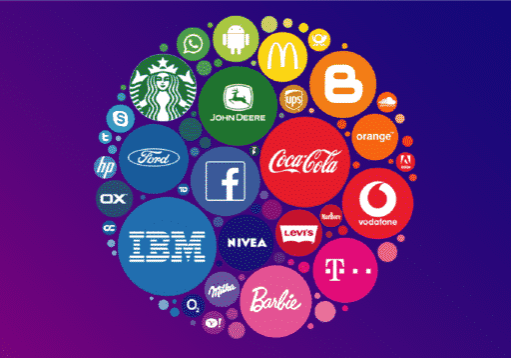Understanding the Key Advantages of Selecting a Digital Agency with Flexible Pricing vs. a Traditional Agency with Fixed Pricing.
When it comes to selecting an agency meant to augment a marketing team or department, it’s critical to understand the limitations pricing models create or eliminate. Businesses must find an agency partner that understands their brand’s goals and objectives along with exhibiting the expertise and innovation needed to drive meaningful results in a crowded and competitive market. When it comes to pricing, adjusting for outcomes is imperative.
While navigating these marketing obstacles, understanding how billing impacts processes becomes critical. Traditional billing models are generally based on hourly fees or flat-rates with finite scopes of work, which tend to lead to unpredictable costs and even more unpredictable outcomes.
On the flip side, a subscription-based pricing model offers a more sustainable and predictable approach. This model allows for better financial planning, with fixed monthly payments that provide access to a range of services tailored to client needs.
But, what’s the difference between a subscription model and a retainer model? A retainer model is simply making an advanced payment toward traditional agency fees. It’s like putting money on a prepaid debit card. Whereas a subscription model is a monthly payment for open-ended services. As it relates to working with Remixed, we couple the subscription-based model with a credit system that helps clients manage scope and scale. These credits are used to help knowledgeably select pertinent tactics over time. And, these credits don’t expire.
The flexibility and cost-effective nature of a credit-based subscription model makes it an increasingly preferred option for companies looking to maximize their marketing efforts without the financial uncertainty of traditional agency billing methods. Here are the top reasons why a credit-based subscription model is the most advantageous pricing option:
- Better Accounting & Transparency. Subscriptions offer a clear and understood method for accounting with a set monthly rate. Credit-based systems offer transparency in pricing, making it clear what services are being received for the cost.
- Less Red Tape. Subscription-based models means estimates aren’t regularly routed for approvals nor is there a requirement for periodic reviews against budgets, causing significant delays or even missed deadlines. A credit-based system allows access to a wide range of marketing services without the need for separate contracts or negotiations.
- Aligns With Budgets & Timelines. Subscriptions offer varying options based on overall needs. For instance, if you are operating on a limited budget with short-term needs, there’s an option for that; just like there are subscription packages available for larger organizations requiring more work over longer periods of time.
- Cost Savings & Accounting Efficiency. A subscription model can offer significant cost savings compared to hiring a full-time employee or internal team for marketing efforts. With a subscription, you only pay for the services you need, without the added expenses of salaries, benefits, infrastructure and training.
- Flexibility & Scalability. Credits can be used for various services as needed, offering flexibility to adjust marketing strategies without changing contracts. Unused credits roll over each month to meet changing strategies, schedules and deadlines. Businesses can scale their marketing efforts up or down based on their current needs and budget constraints.
- No Long-Term Commitments. Subscription models don’t require long-term contracts, giving businesses the freedom to modify their subscriptions, if their needs change.
- Cost-Effective & Time-Saving. This model is more cost-effective for small to medium-sized businesses (SMBs) that may not have the budget for large, upfront agency fees. With a subscription model, businesses can save time by not having to negotiate and manage multiple contracts for different services.
Leveraging a credit-based subscription mode allows customers to focus on their core business. Business owners and marketing executives can dedicate more time and assets to their primary business initiatives, rather than managing complex agency relationships and superfluous accounting reports and contract headaches.

The Difference Between Graphic Art and Graphic Design
Graphic Art – the fine and applied art of representation, decoration, and writing or printing on flat surfaces together with the techniques and crafts associated with them. Essentially, a graphic artist may create art for the sake of art. They may want to convey a certain idea or story, or they may not. Graphic artists…

5 Reasons Successful Branding Is Important
In today’s highly competitive marketplace, building a strong brand identity is crucial for businesses looking to stand out and connect with their target audience. A well-crafted brand strategy not only delivers a clear and compelling message but also creates an emotional connection with customers, reinforces credibility, and inspires loyalty. In this article, we’ll explore six…

Different Applications of Graphic Design Skills
There are a lot of different possible applications for graphic design. Some graphic designers or agencies will specialize, or be niche-specific. However, many brands often require numerous avenues for approaching brand awareness. Since a branding agency concerns itself with your brand on a comprehensive level—from the tiniest details to the big picture—they can be a…

The Importance of a Social Media Presence
Social media has become an integral part of our lives, with billions of people across the globe using these platforms to connect, engage, and share content. For businesses, social media provides a powerful opportunity to build brand awareness, connect with customers, and drive growth. In today’s competitive marketplace, having a social media presence is no…

How Dunkin’ Successfully Rebranded in 2019
The history of Dunkin’ began with a restaurant called “Open Kettle” in Massachusetts, in 1948. Founder William Rosenberg served donuts for five cents and premium cups of coffee for ten cents. Rosenberg renamed his restaurant “Dunkin’ Donuts” in 1950, and franchised his brand in 1955. Since 1950, the number of Dunkin’ restaurants has increased to…

What is Clear Space?
Clear space refers to a specific amount of are a logo is defined to have on all sides (in a brand standards manual or house style guide), no matter where the logo is applied. The reason for clear space is to ensure the logo maximizes visibility and impact. There is no set rule for defining…

Why It’s Important To Have A Brand Promise
In today’s fast-paced and ever-changing business landscape, it’s more important than ever for companies to establish a clear and compelling brand promise. A strong brand promise not only helps companies differentiate themselves from their competitors, but also sets expectations for customers and helps build trust and loyalty. According to Seth Godin, a marketing expert and…

What is Branding?
Now, we all know that building a strong brand is no laughing matter, but that doesn’t mean we can’t have a little fun along the way. After all, who said branding has to be boring? So, let’s start by defining what a brand really is. Think of it as your business’s personality, it’s what sets…

